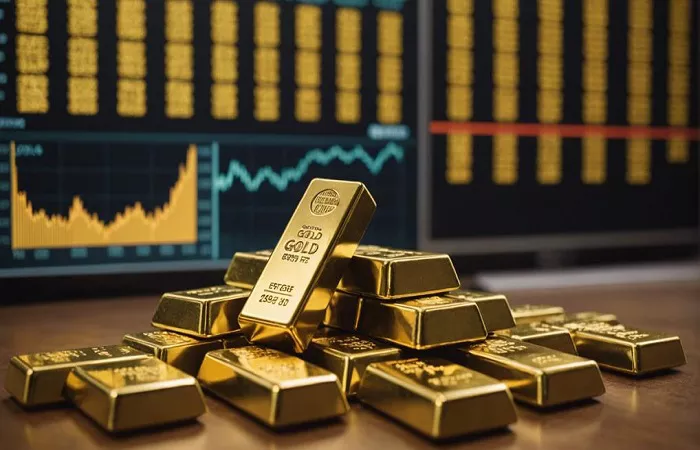Central banks around the world are purchasing gold at an unprecedented rate, stockpiling roughly 80 metric tons per month—equivalent to about $8.5 billion based on current prices. This trend marks a significant shift in global reserve strategies and underscores the growing importance of gold as a financial safeguard.
A recent HSBC survey conducted in January 2025 among 72 central banks found that over one-third plan to increase their gold reserves this year. Importantly, not a single respondent indicated plans to sell—a clear signal of a unified move toward gold accumulation.
The Driving Force: Rising Doubts Over the U.S. Dollar
One of the key turning points behind this surge in gold buying came in 2022, when the United States and its allies froze Russia’s foreign currency reserves following the invasion of Ukraine. That unprecedented action prompted central banks worldwide to reassess their exposure to the U.S. dollar and consider alternative stores of value.
Since that event, the pace of gold purchases by central banks has doubled, as many seek to diversify away from reserve currencies that could potentially be weaponized in geopolitical conflicts.
Adam Lapinski, Governor of the National Bank of Poland, summed up the prevailing sentiment:
“Gold is the safest reserve asset—it’s not directly tied to any one country’s economic policy, it withstands crises, and preserves real value over the long term.”
Gold stored within national borders offers immunity from sanctions and foreign control, a benefit not shared by fiat reserves held abroad. As geopolitical risks rise, this aspect of gold’s security has become a top priority for central bankers.
China: A Silent Giant in the Gold Market
Among the most active—yet least transparent—participants is the People’s Bank of China (PBOC). Historically, China discloses its gold holdings irregularly. In 2015, after six years of silence, the PBOC surprised global markets by revealing a 600-ton increase in its gold reserves. This pattern of intermittent reporting continues to this day.
While official updates remain sporadic, analysts estimate that China has been quietly purchasing around 40 metric tons of gold per month since 2022. These estimates are based on trade flow data, particularly from the London gold market to China—even during periods when the PBOC made no announcements.
Of special note is the continued import of 400-ounce gold bars, the format typically used by central banks. These shipments persisted even when gold prices in Shanghai were lower than those in London—a scenario that makes little sense commercially but suggests strategic, reserve-related accumulation.
Further adding to the intrigue, Bloomberg trade data reveals that over 1,200 metric tons of central bank-grade gold have moved into Switzerland over the past three years. Some of this gold remains vaulted in Swiss storage, while other shipments have been re-exported to undisclosed destinations, indicating large-scale and possibly covert central bank acquisitions post-2022.
A Historic Shift in Global Reserve Strategy
This collective movement by central banks toward gold marks one of the most significant shifts in global monetary policy in recent decades. As trust in the U.S. dollar’s neutrality declines, and with growing concerns over sanctions and currency stability, gold is increasingly viewed as a politically neutral, crisis-resilient asset.
In an era of rising uncertainty, the message from global central banks is clear: gold is not just a relic of the past—it’s a strategic asset for the future.
Related topics:
- India Surpasses China in Gold Purchases, Buying 51% More in Three Months
- Qilu Bank Enhances Support for Small Businesses with Innovative Financial Tools
- Bitcoin Poised for a Surge Amid Gold’s Delivery Delays, Expert Claims


